Jaguar F-Type Convertible review: old school driving experience
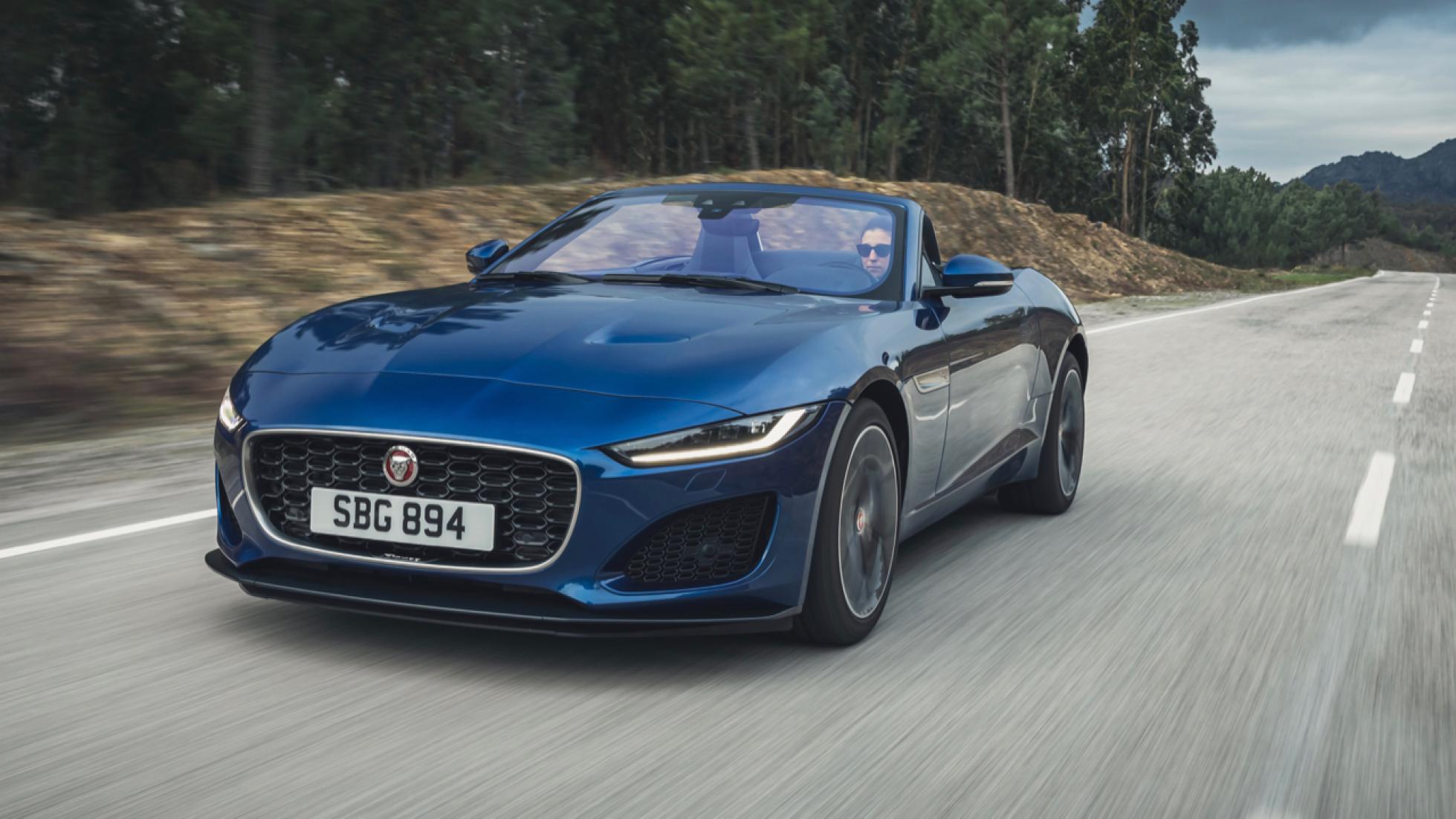
OVERVIEW - What is it?
Jaguar’s not-as-fresh-as-it-used-to-be roadster. And surely with a limited lifespan seeing as the firm has announced it will be an all-electric brand from 2025. Hard to see them finding a role for the V8 when that day comes.
Make no mistake, the rapid approach of an all-electric era is why Jaguar has done very little to enhance the F-Type since it first arrived back in 2013. No point investing heavily in a coupe and roadster that sell in relatively small numbers when you’re not going to be selling them at all in a handful of years. Let’s hope that day doesn’t signal the end of a two-seat Jaguar sports car, although we can safely assume the traditional long bonnet layout will be consigned to the history books.
Shame, as the F-Type continues to be a handsome, well-executed machine. The 2020 facelift was largely limited to sharp, hooded headlights and streamlining the engine range. Out went the mid-range supercharged V6, replaced, somewhat unbelievably, by a supercharged V8. Upsizing. Not usually fashionable in the car industry. That’s the P450, a V8 in a relatively light, mellow tune. If you prioritise handling over power, you’ll be wanting the entry-level P300, shoved along by a turbocharged 2.0-litre four cylinder. Flip those two around, and there’s the P575 for those who believe traction is overrated. The numbers refer to power figures, the top engine using the same V8 as the 450, just with more puff.
None is cheap. Basically speaking you’re looking at three steps: £60,000 (RM335k), £75,000 (RM419k) and £100,000 (RM559k). At the lower end the F-Type rivals the Porsche 718 Boxster, while higher up it tackles the Porsche 911. Neither Porsche is a pushover, but they’re the cars Jaguar has in its crosshairs. To try to give the range breadth Jaguar did offer a manual gearbox for a while, but now your only choice is an eight-speed automatic. In a bid to keep things pointing in the right direction, the P575 roadster is only available with four-wheel drive, on the P450 it’s a five grand option. 4WD in a car with as much torque as the P575 (700 Nm at 3500rpm) is a very sensible thing. It used to make a noise to rouse the dead, the V8, but emissions laws and regulations have clamped down on it. Still sounds good, but now gargles and burbles less.
The roof is all-electric, but the powertrain doesn’t contain a hint of it. No hybrid solution here. Hard to see one coming, either. The F-Type has barely any space in it as it is, without having to find room for a battery pack and electric motors.
It’s a car that’s been uprated over the years, and now boasts a 12.3-inch driver display plus retuned suspension and gearbox, better equipment inside and so on. But that doesn’t disguise the limitations of this roadster in terms of practicality, quality and dynamics. What was class competitive back in 2013, is now mediocre at best.
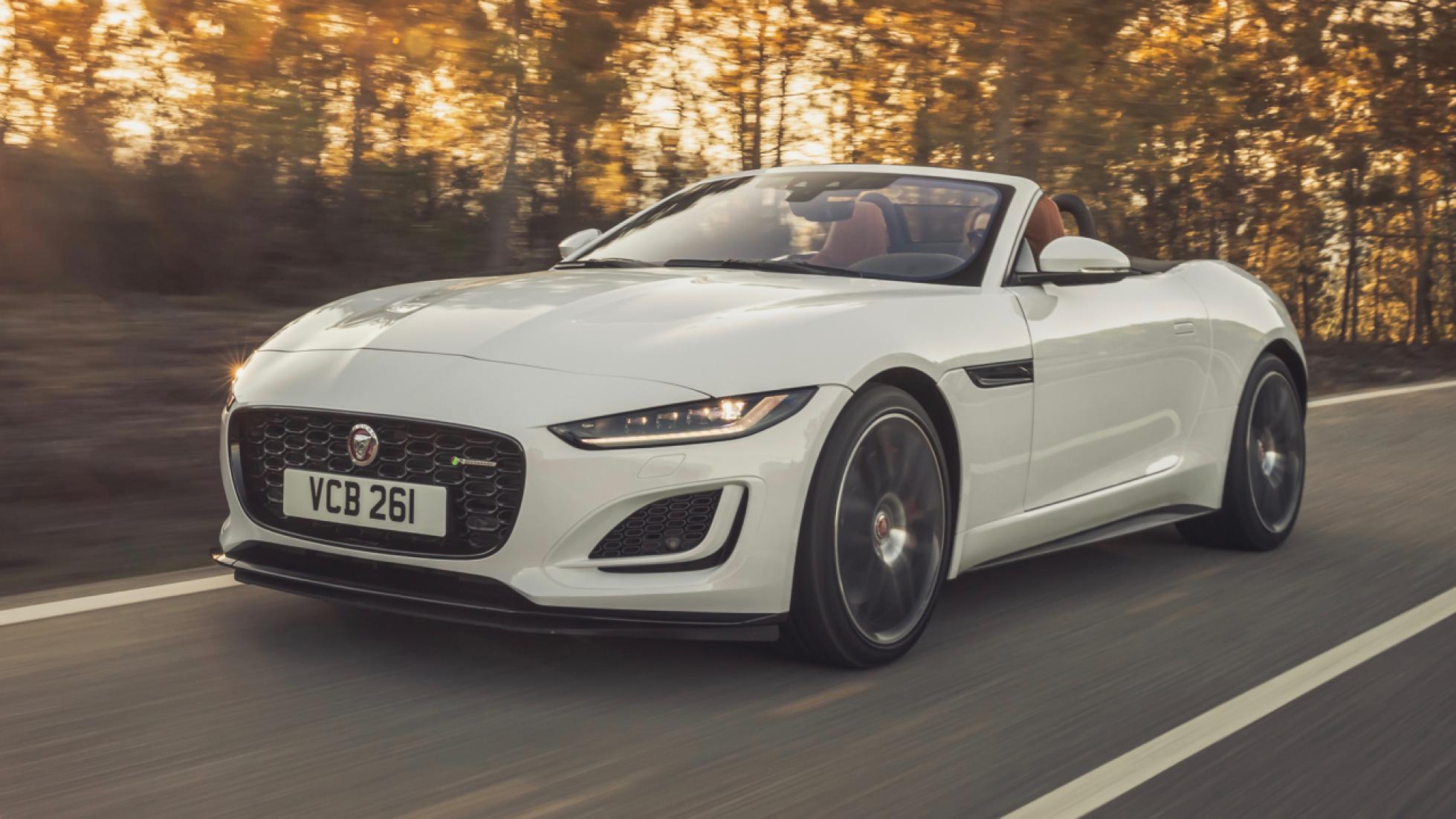
DRIVING - What is it like on the road?
Fair play to Jaguar, they realised the issues of the F-Type, and did what they could to cure them. Prevented you from buying a car that sends 575bhp to the rear axle alone, in other words. Other rear drive sports cars have this much power or more and manage to keep control of themselves, but they have more sophisticated chassis, suspension and electronics. The F-Type traces its roots back to the old XK coupe and has always trodden a careful line between outright sports car and GT comfort. That’s a tricky balance to hit, and it gave older F-Type’s a TVR-esque feel: muscle, noise, drama and the ability to catch you unawares.
The 575 remains a mighty power unit, and deploying its power across all four wheels has improved its manners and traction no end. This is a deeply quick car, capable of 0-100kph in 3.7secs and a limited top speed of 299kph. But treat it with respect. Don’t go out and expect to be able to use full throttle everywhere. It doesn’t have the body control of a Porsche 911, or the same sense of connection with the road. It feels like you’re sitting on the car, rather than in it, the ride is quite springy over undulations and although the steering is sharp, you don’t get much feel back through it. Factor in an engine that’s instantly responsive (supercharged, rather than turbocharged), with gargantuan torque from the get go and we can guarantee that every drive will give you a white knuckle moment.
Lesser powered F-Types are more satisfying to drive because less of your brain capacity is directed to fretting the maths about road coefficient of grip vs tyre coefficient of power vs throttle position. The end result is you’ll be every bit as fast in a P450 as you will be in the P575, plus you’ll have saved yourself £25,000 (RM140k).
This is the F-Type sweet spot. Have it with 4WD if you want, but it’s less essential here. And don’t think of it as a sports car. Well, not in a modern sense. Think of it as Jaguar want you to, as an elegant latter day E-Type, to be enjoyed and treated with respect, not thrashed. Get the roof down and you soon get the point. Rumble through the countryside, soak up the sights, sounds and smells, realise that driving satisfaction doesn’t come from the car alone. It’s still capable of real speed, the P450 (4.6secs to 100kph and 285kph max), but you’re less inclined to indulge it.
To drive, the P300 is objectively the best F-Type of all: a bit less power makes it a car you can drive far harder, far more of the time. Unlike the V8, you need never be cautious with the throttle, as the rear axle is rarely (if ever) overburdened. It’s a faithful car that gets closer to the capabilities of a Boxster or Cayman than ever. But not close enough to beat them, and in becoming so accomplished, it loses the boisterous, mischievous charm of the V8.
What all F-Type’s have is a particular gait, a rhythm and speed they like to be driven at. Let’s call it ‘making progress’. You don’t scorch down every straight and brake hard for every corner, but instead maintain speed and glide smoothly and swiftly around the curves. Overburden the chassis and it starts to get snatchy and messy, traction control intervenes. It’s a car for warm, dry, sunny days. Park it when October arrives.
Good for long hauls, though. The eight-speed auto is very long geared in top, so the P450 will tick along at 9.42 l/100km, and roof insulation is admirable (it’s not bad with the roof down either, provided you have the side windows up and the wind deflector in place). Other things limit its usability for long continental hauls… it’s time to talk about the interior.
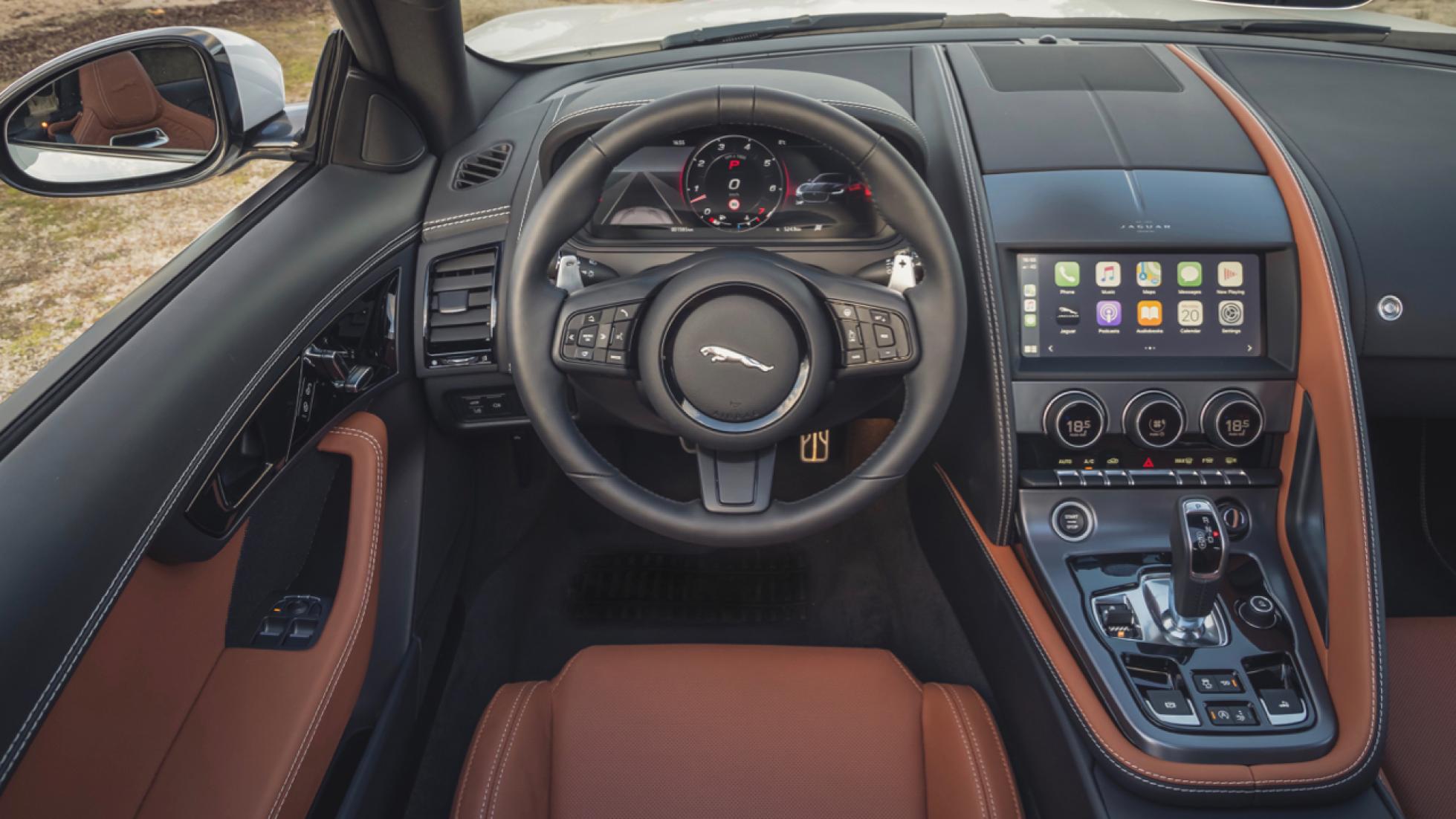
ON THE INSIDE - Layout, finish and space
It’s a strict two seater where interior storage is at a premium and boot capacity is sadly lacking. There is zero space behind the seats, so if two of you are on board coats and jackets will need to travel in the boot, and wallets, phones and keys will have to find some space in the shallow door pockets (largely inaccessible when the doors are closed), glovebox and central cupholders and locker. None of which are generous.
And nor is that boot itself. Just 132 litres, and oddly shaped, broad and shallow, not much suited for carrying anything other than coats and jackets. Squishy bags are going to have to be squished to fit.
It’s just as well that the interior design is decent. It used to be fabulous, but time has ticked on and the F-Type’s materials and quality haven’t, which means you cast your eyes around a little disappointed at what your money has bought you. The shaping of the centre console, the driver-centric layout and dash is all good, we have no issue with the joystick-style gear selector and the air vents that rise up out of the dash top add a welcome bit of theatre. Updates to the on-board infotainment mean Jaguar has just about kept pace with its German rivals.
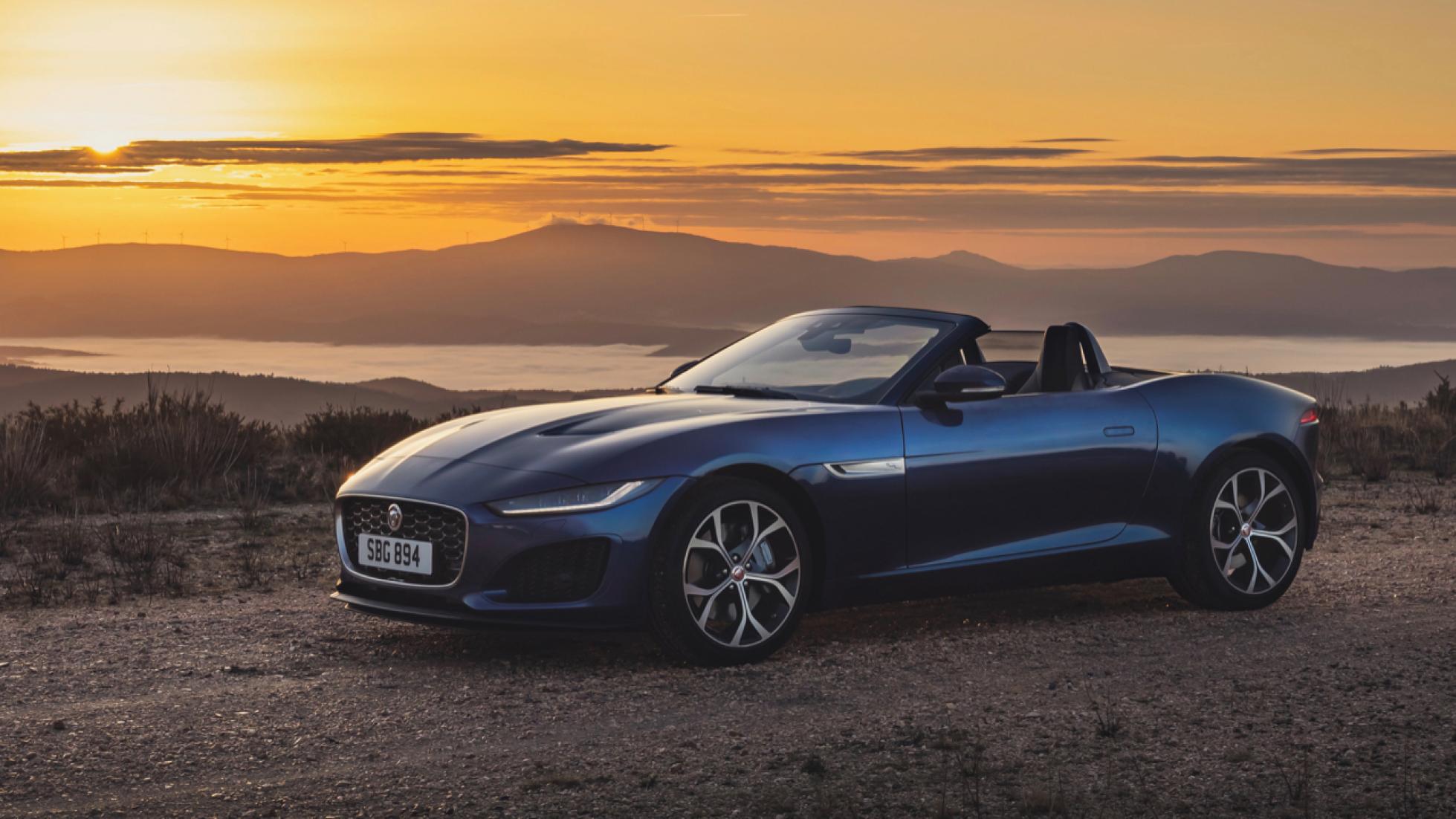
OWNING - Running costs and reliability
It’s a sports car, so surely some rationality needs to go out the window. Still, if you’re being sensible, the 2.0-litre’s 217g/km of CO2 and near 9.42 l/100km claimed WLTP fuel economy do put the P300 on a par with the entry-level Boxster – and make it one of those rare cars where you actually stand a reasonable chance of bettering the mpg claims. As we said earlier, the V8s are capable of a 9.42 l/100km motorway cruise against an official 10.86 l/100km.
Now, the question of buying. Jag’s own lease deals aren’t that tempting as they have an APR of 5.9 per cent. Say you put down a £7,500 (RM42k) deposit for a P450, you’ll be looking at monthly fees of nearly £1,200 (RM6.7k), and still have a lump sum of £30,000 (RM168k) to pay at the end. Total payments will have been about £84,000 (RM470k), for a car costing £75,000 (RM419k) on paper.
Even a base £59,990 (RM335k) P300 is going to be £850 (RM4.8k) a month without any options fitted at all, while a £102,000 (RM570k) P575 is going to work out at £1,750 (RM9.8k) a month. It’s worth pointing out that many leasing companies have significantly more tempting deals than Jaguar themselves, although you don’t get the peace-of-mind of buying direct from the manufacturer.
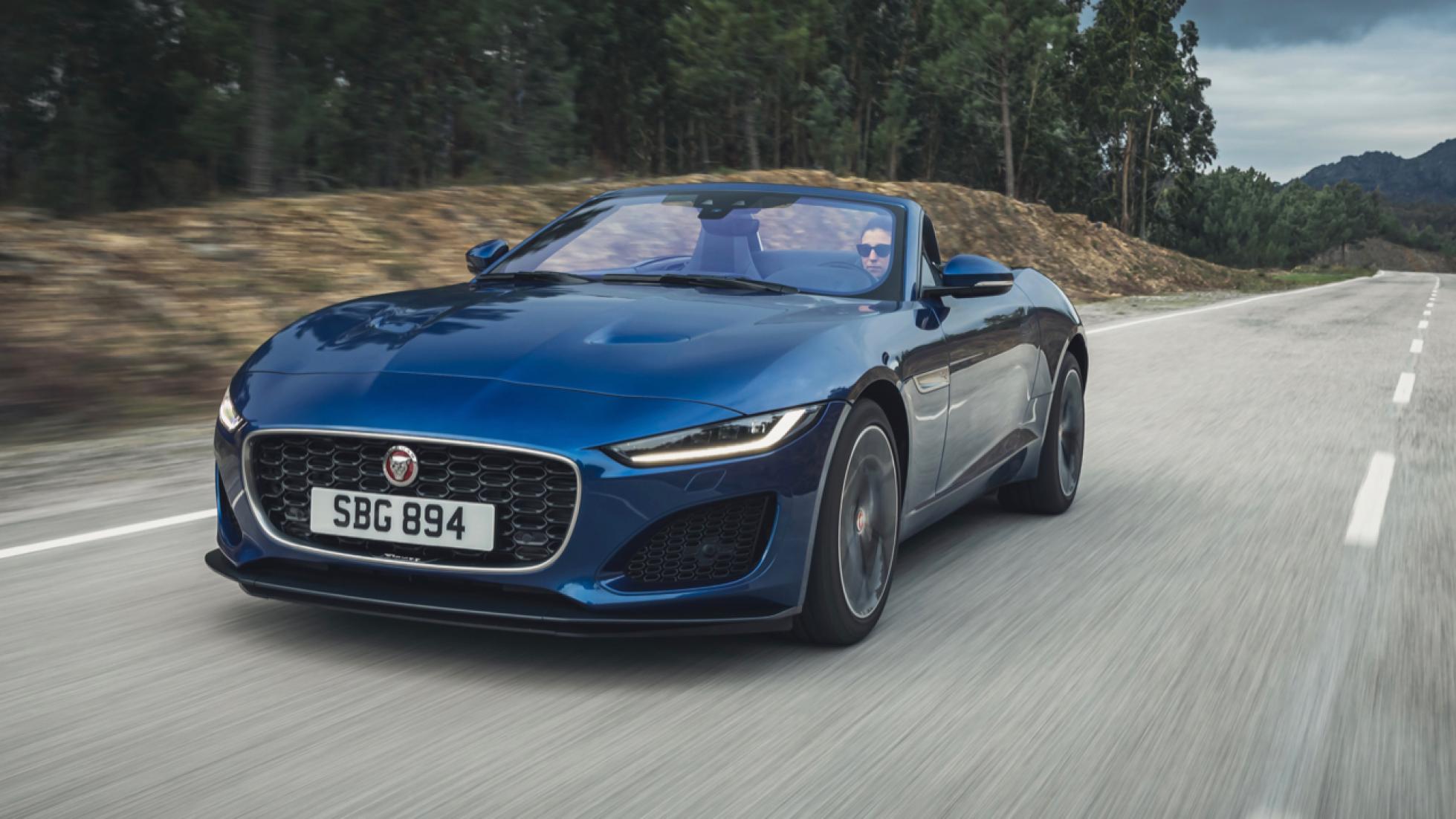

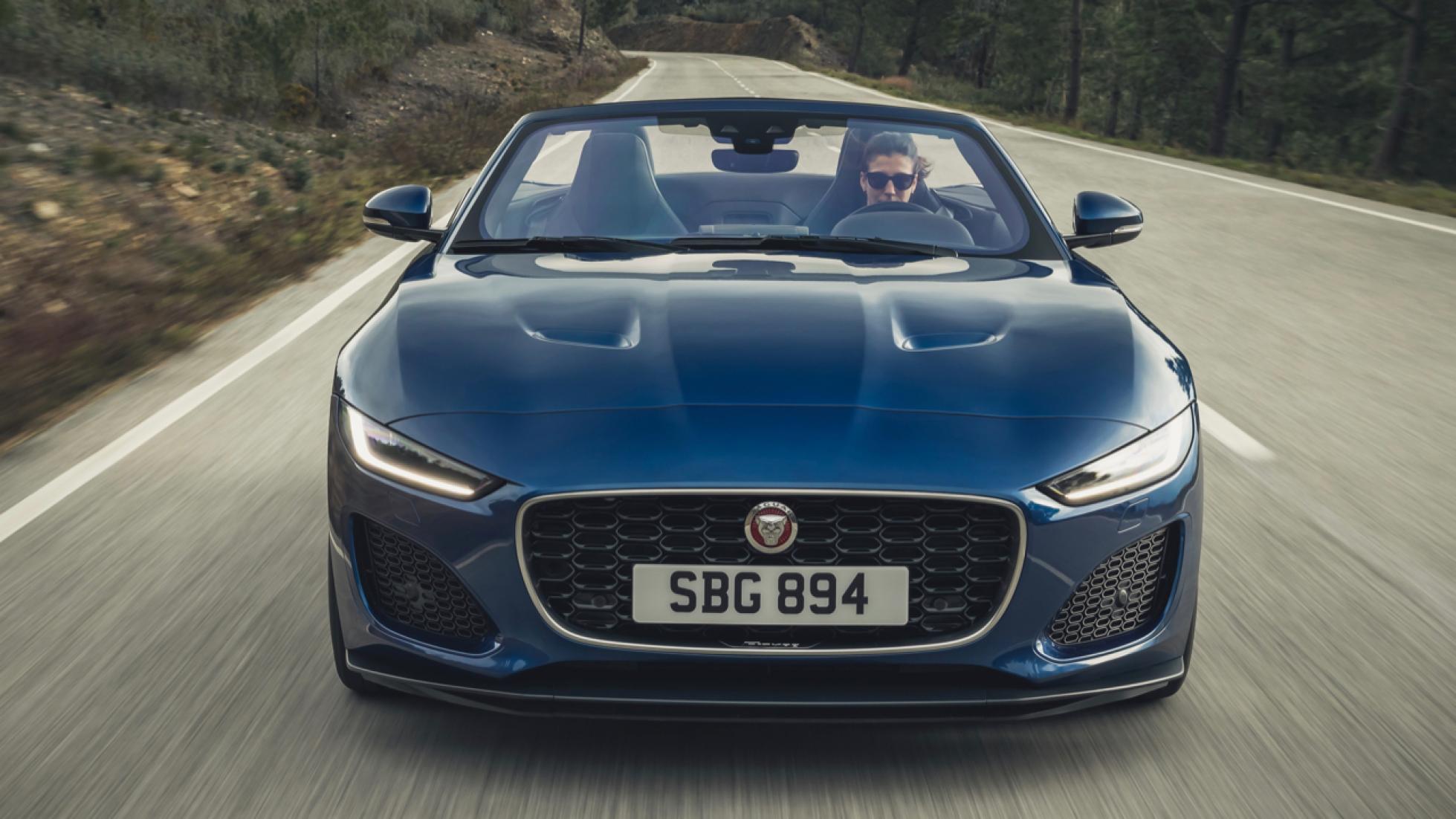
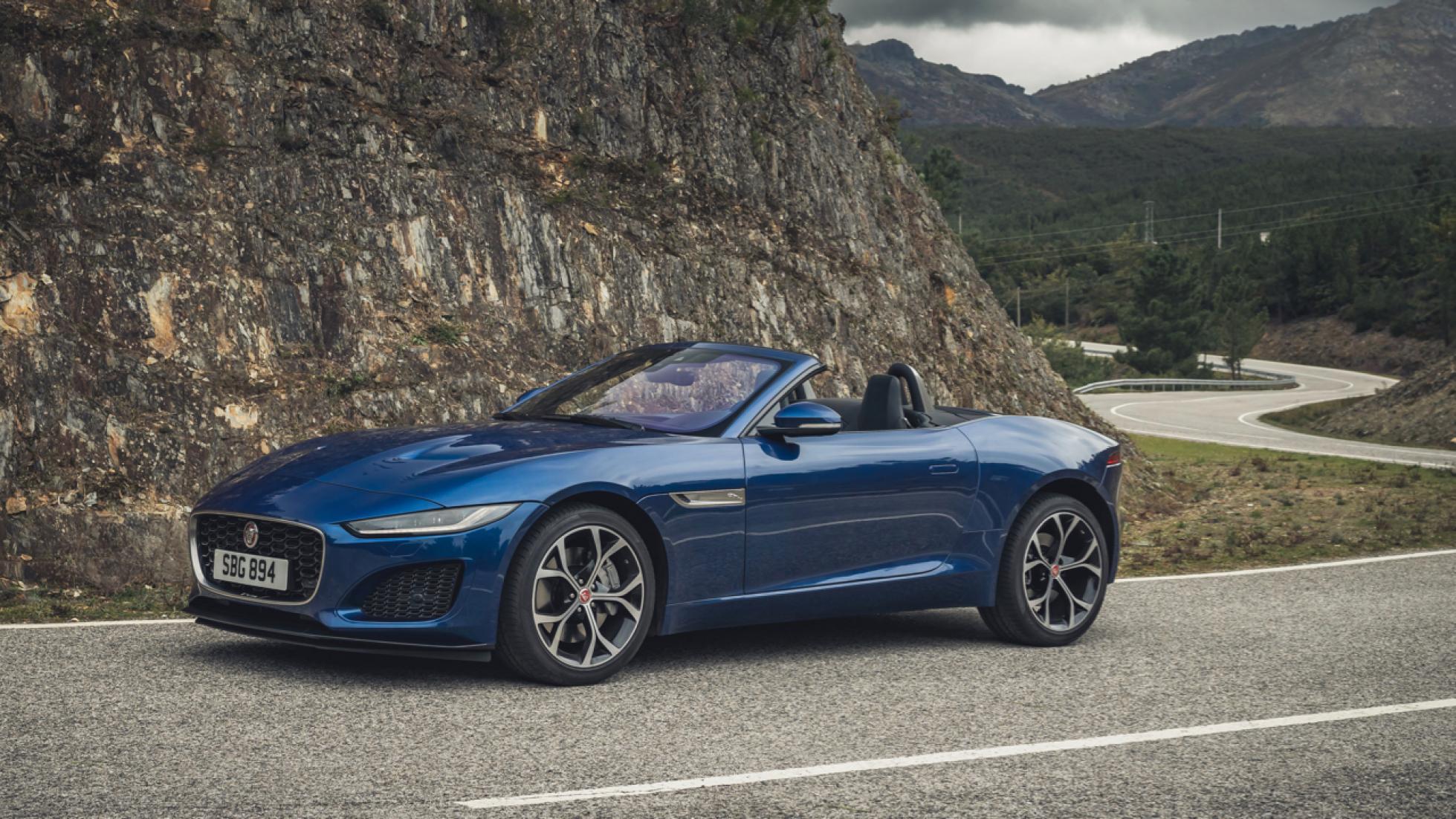
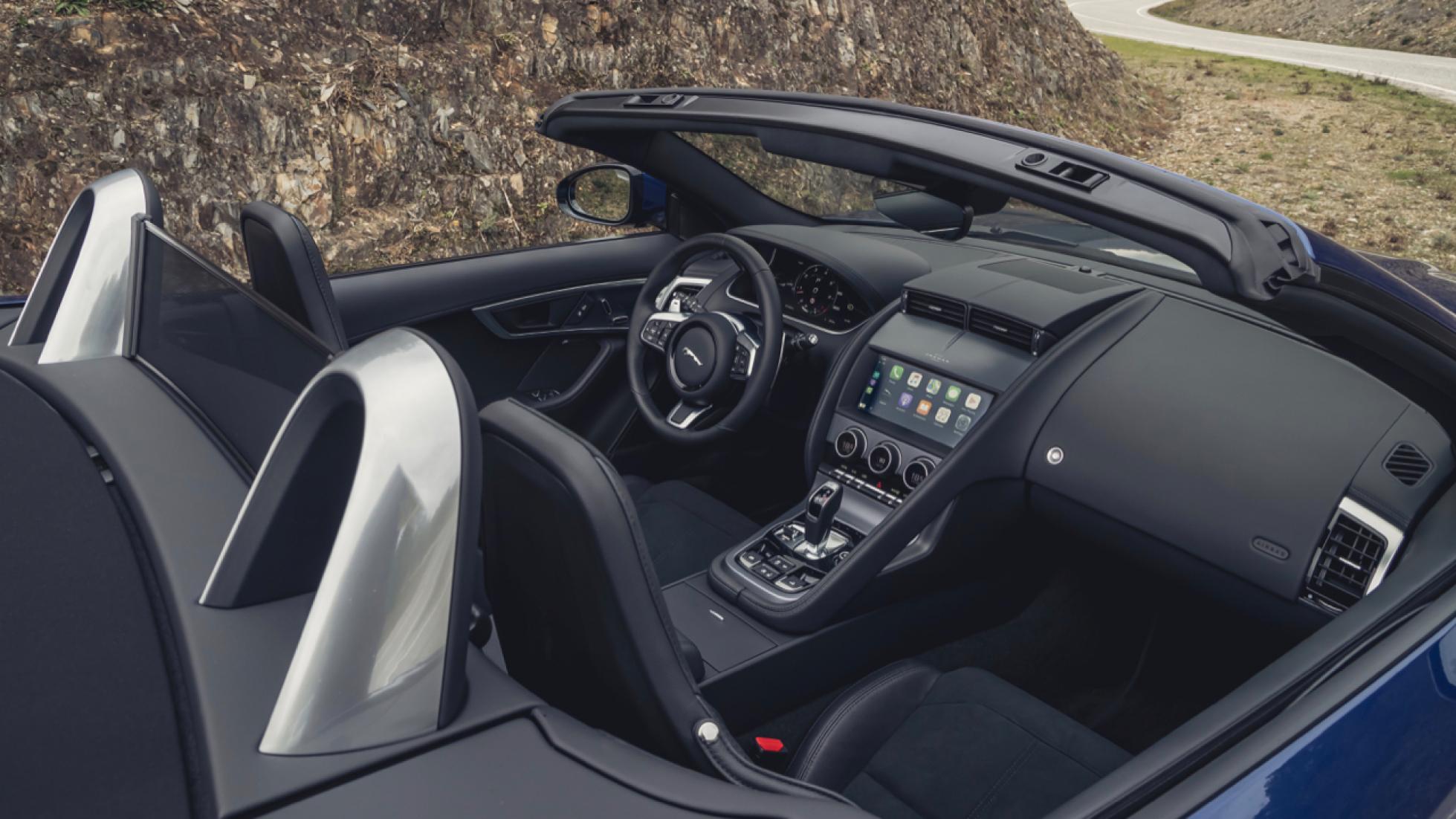
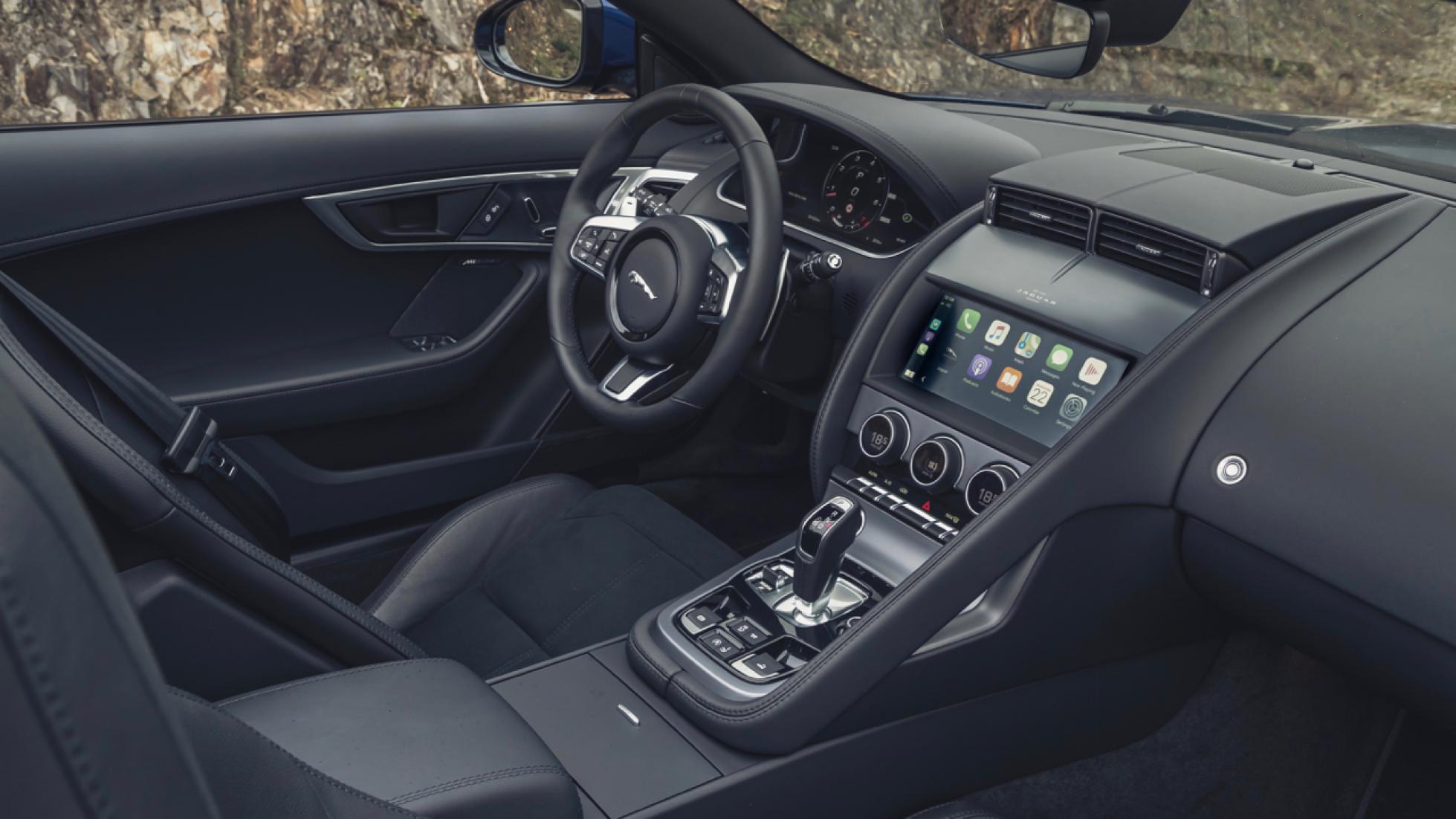
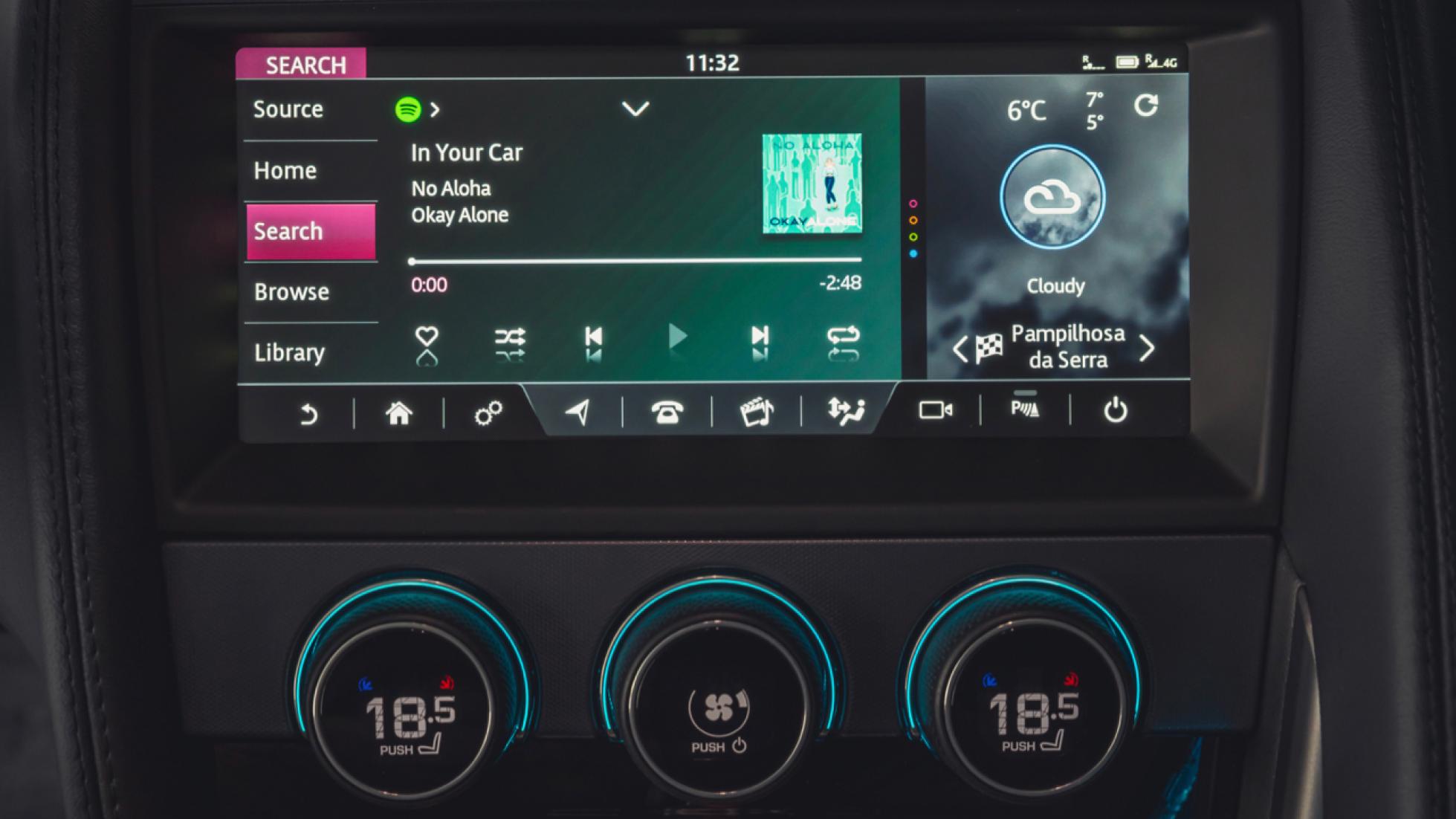
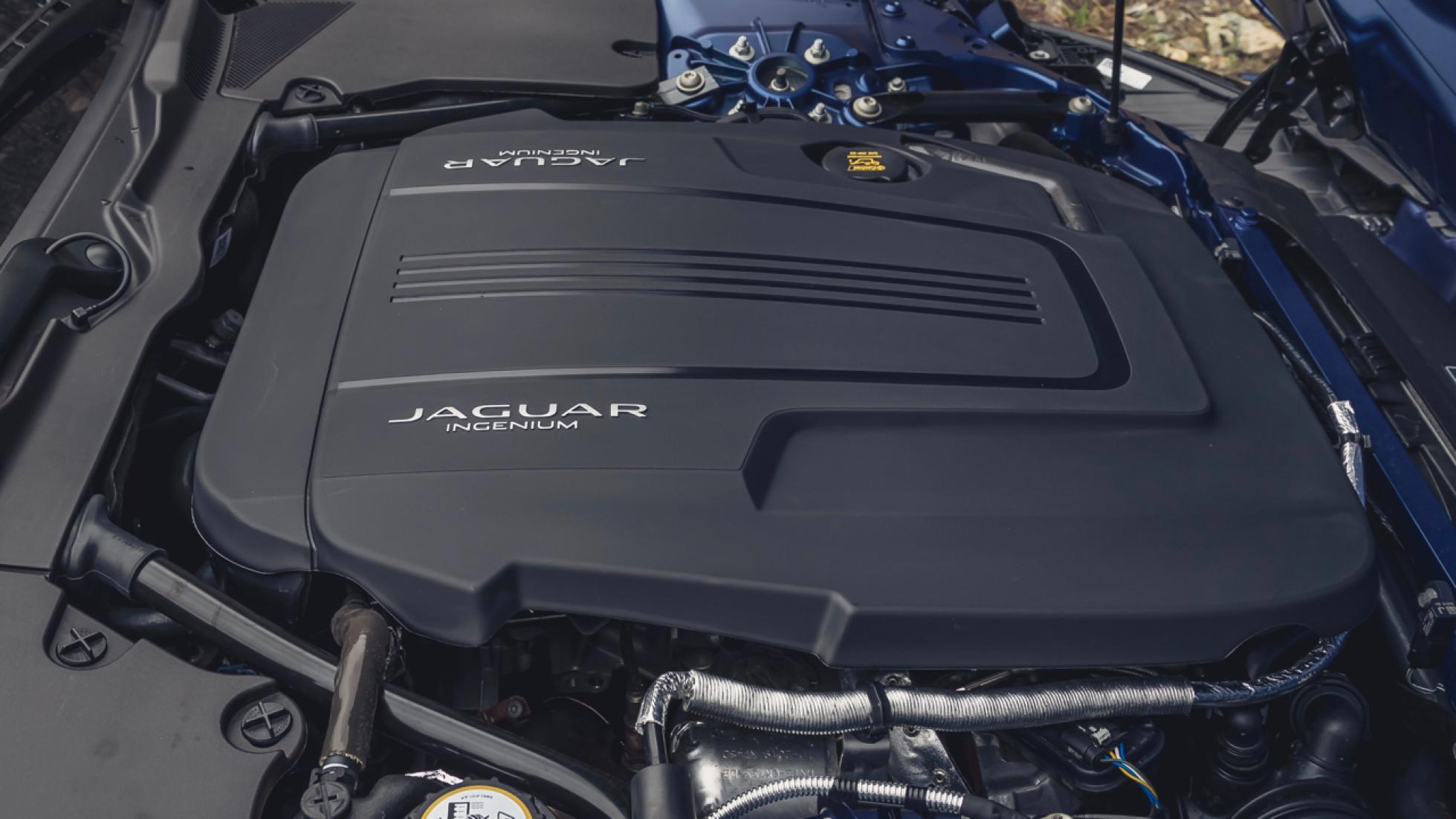

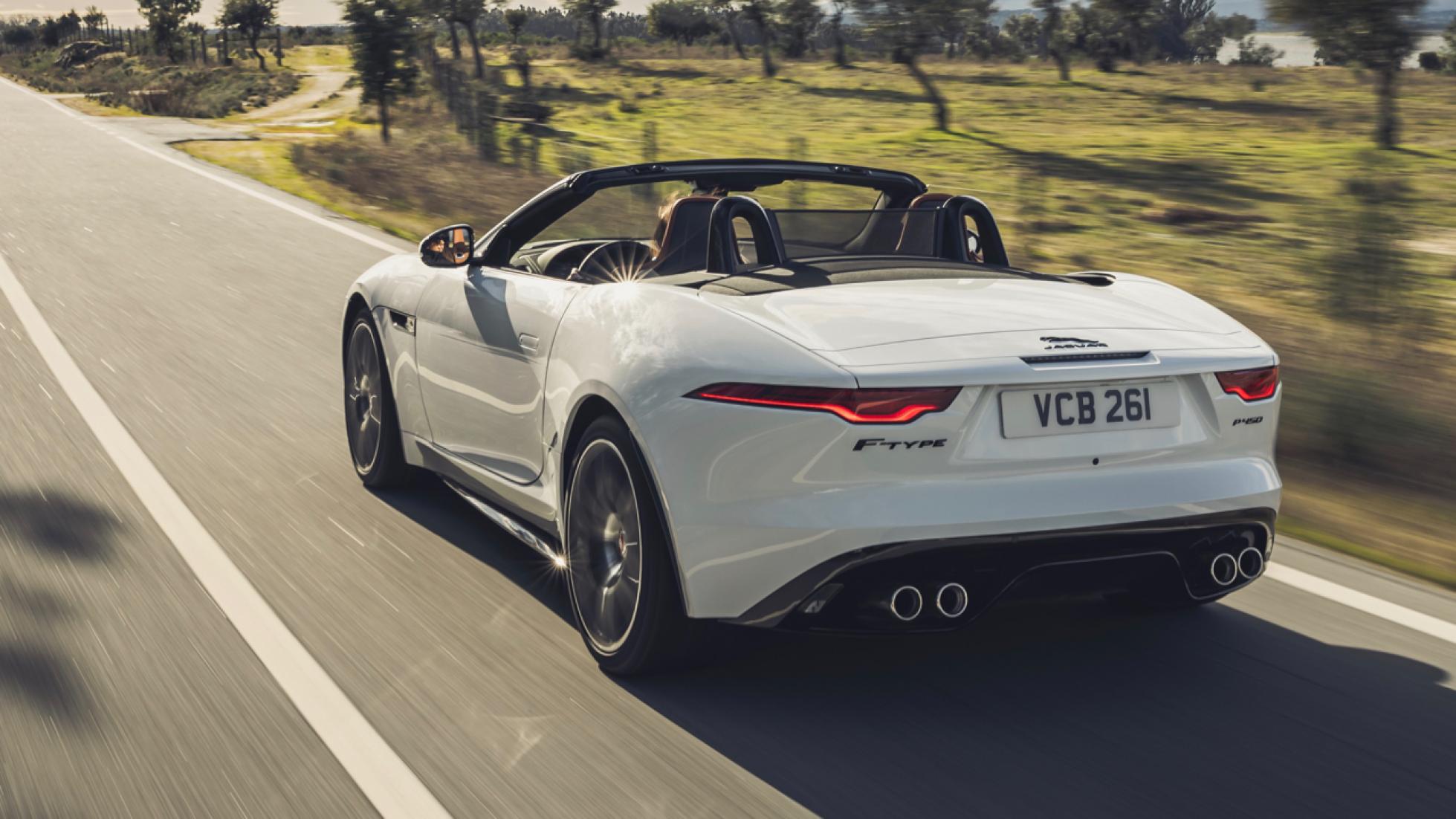
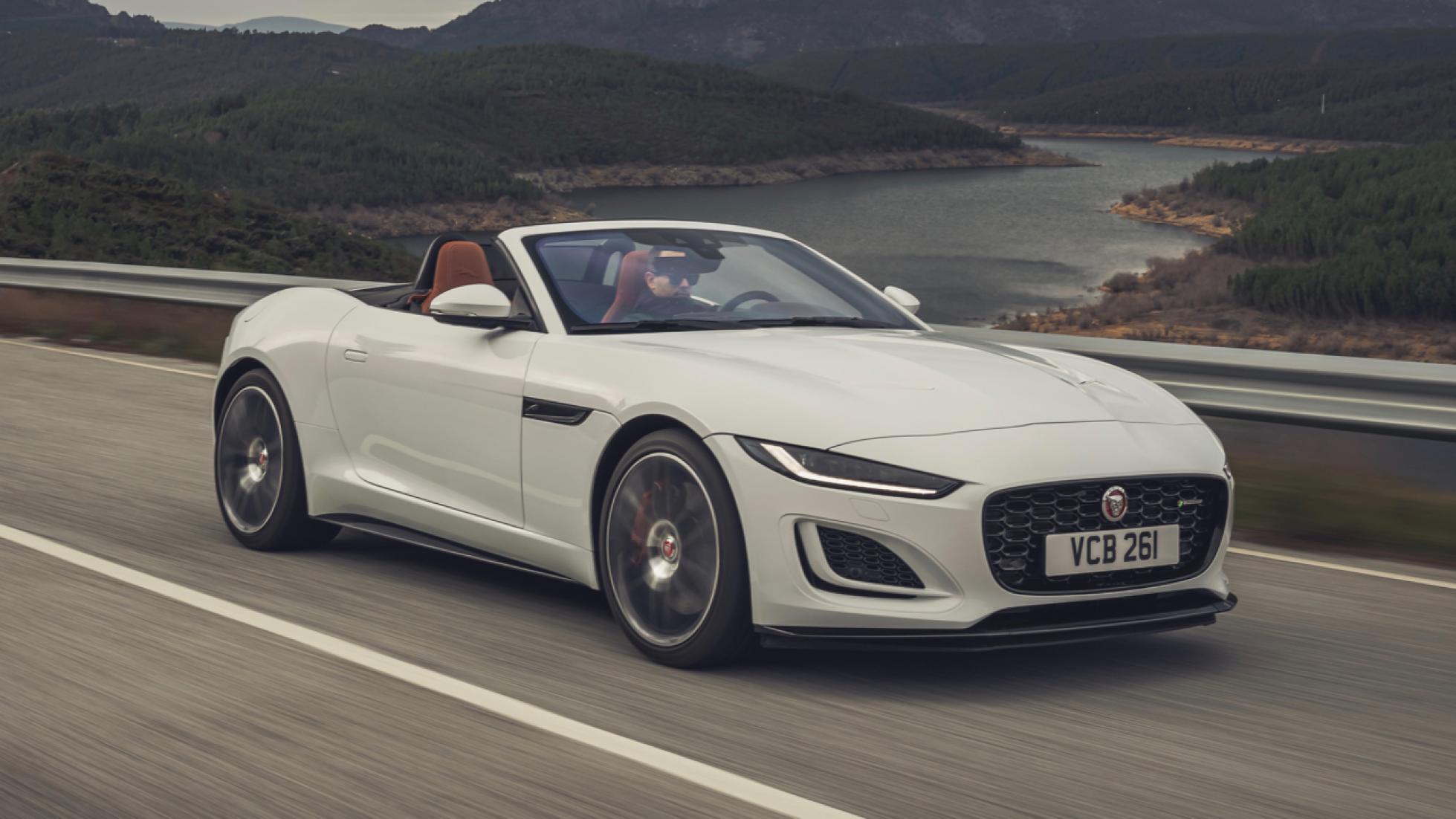
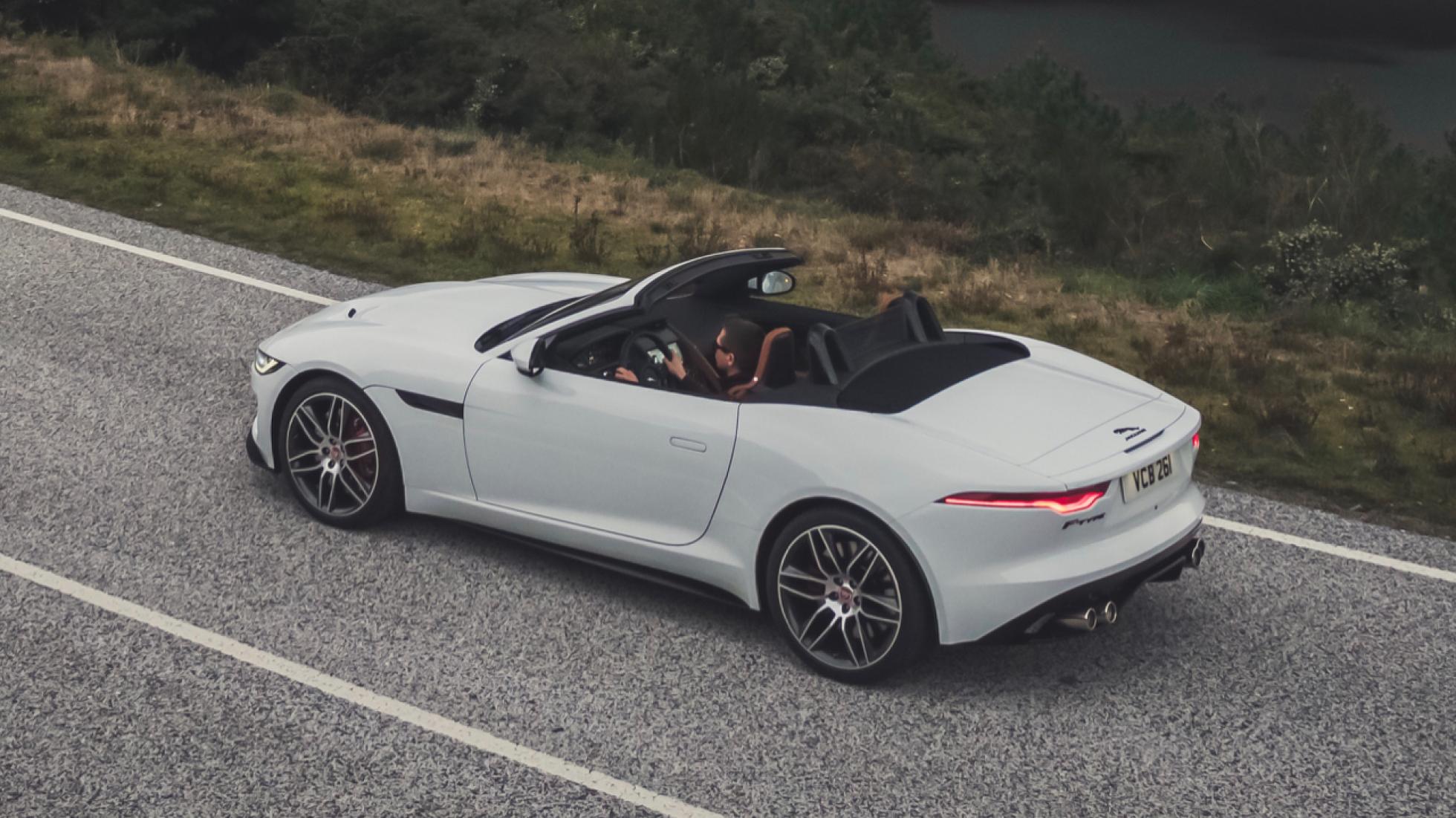
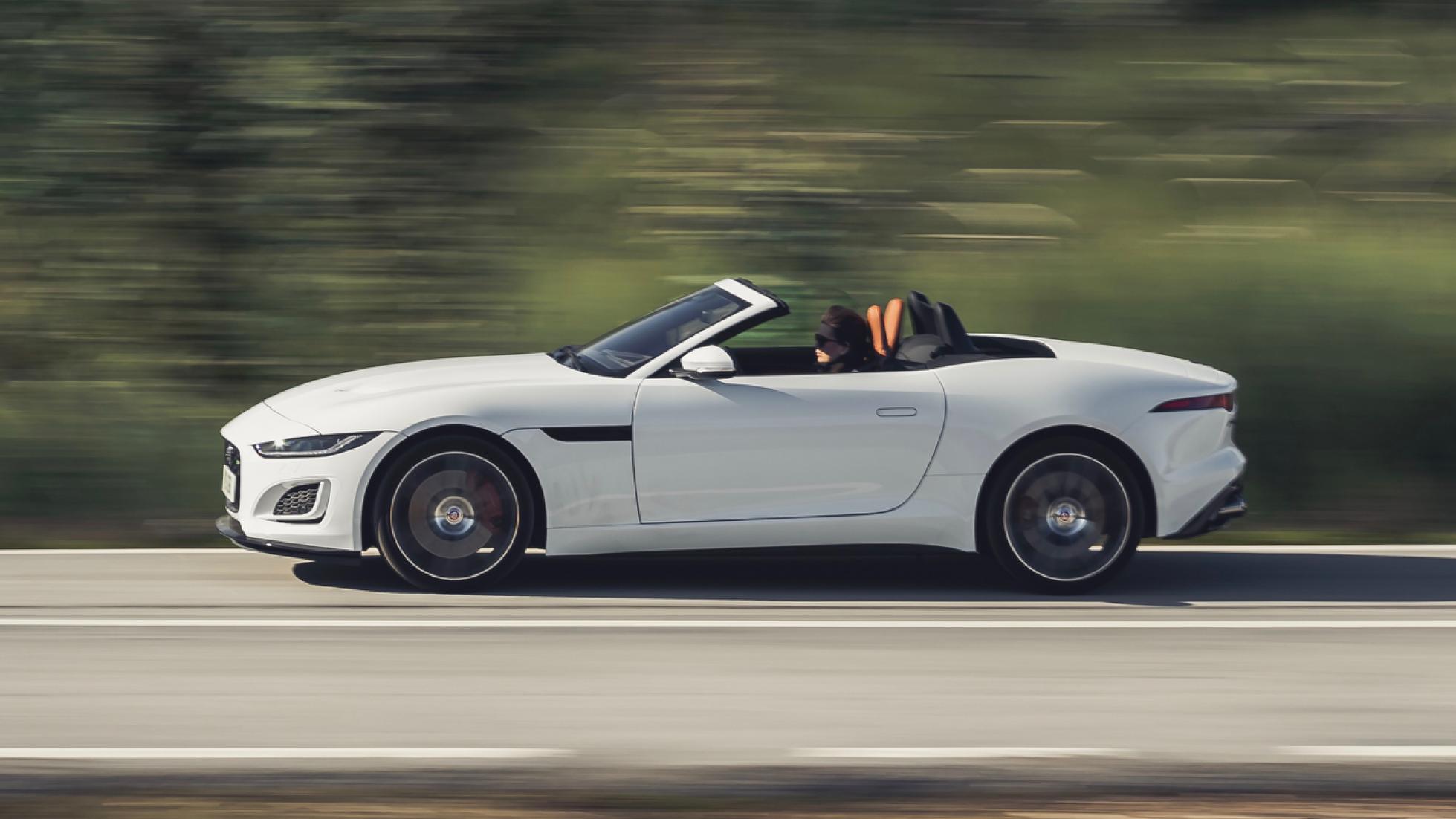
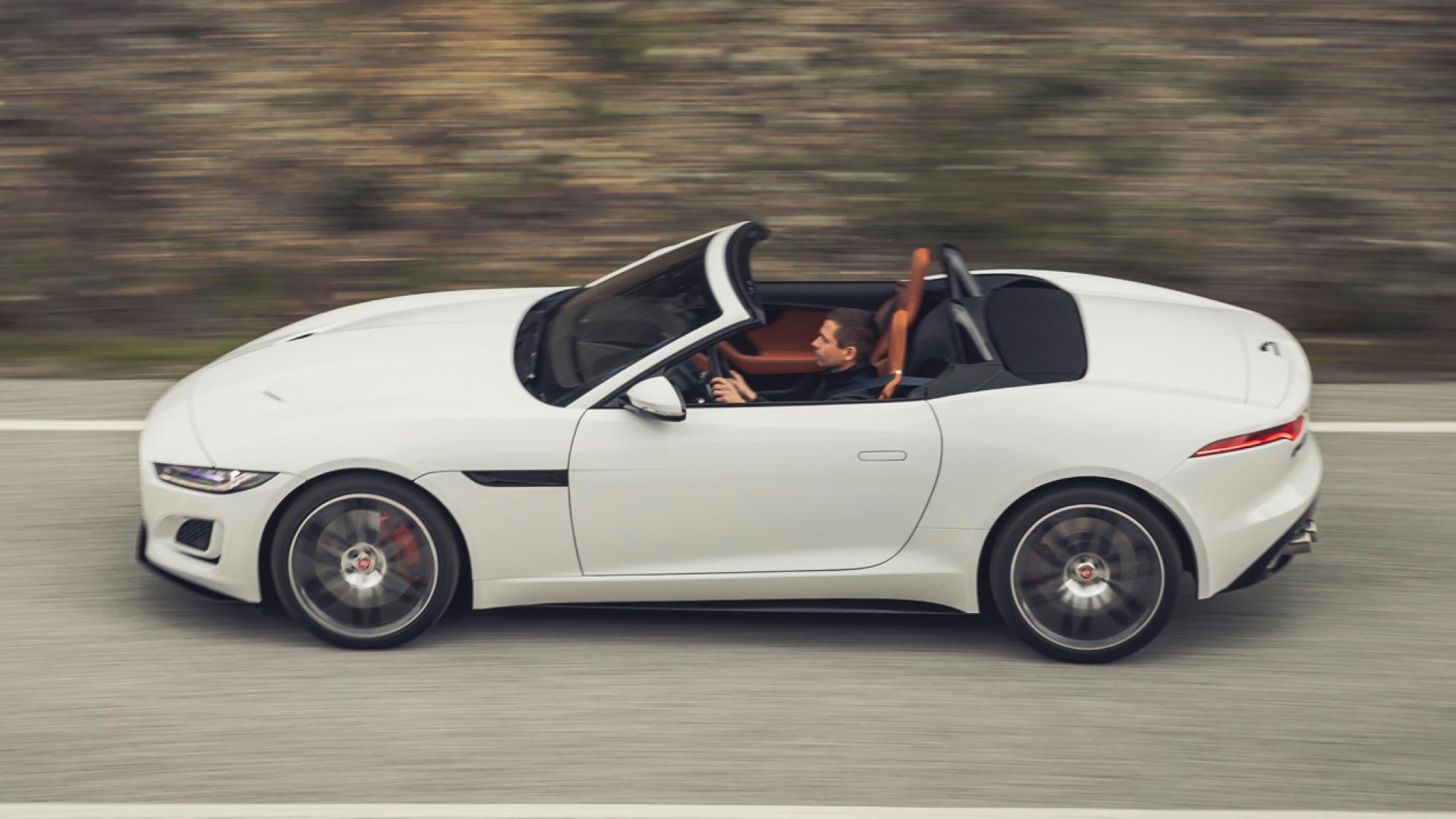
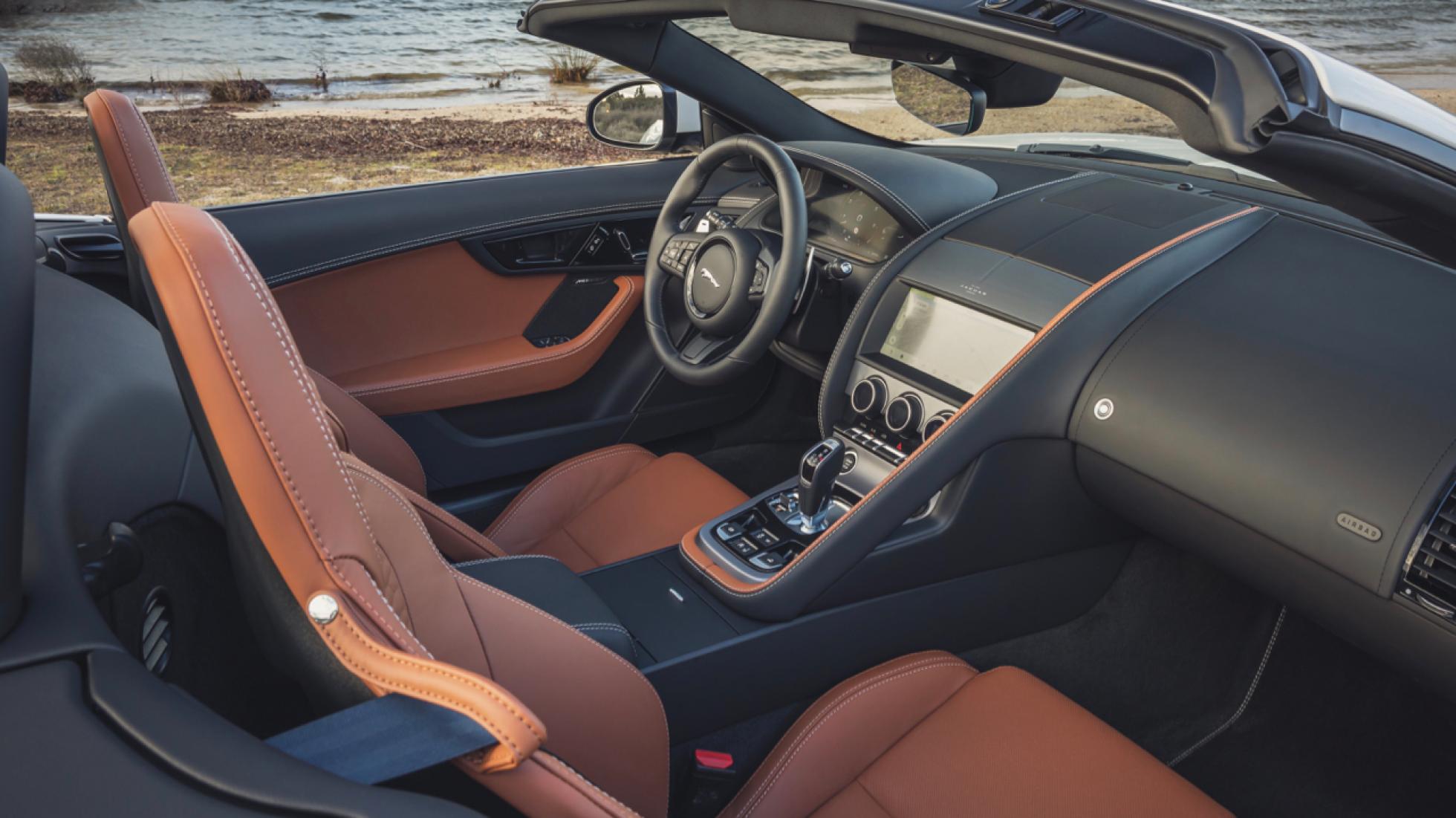
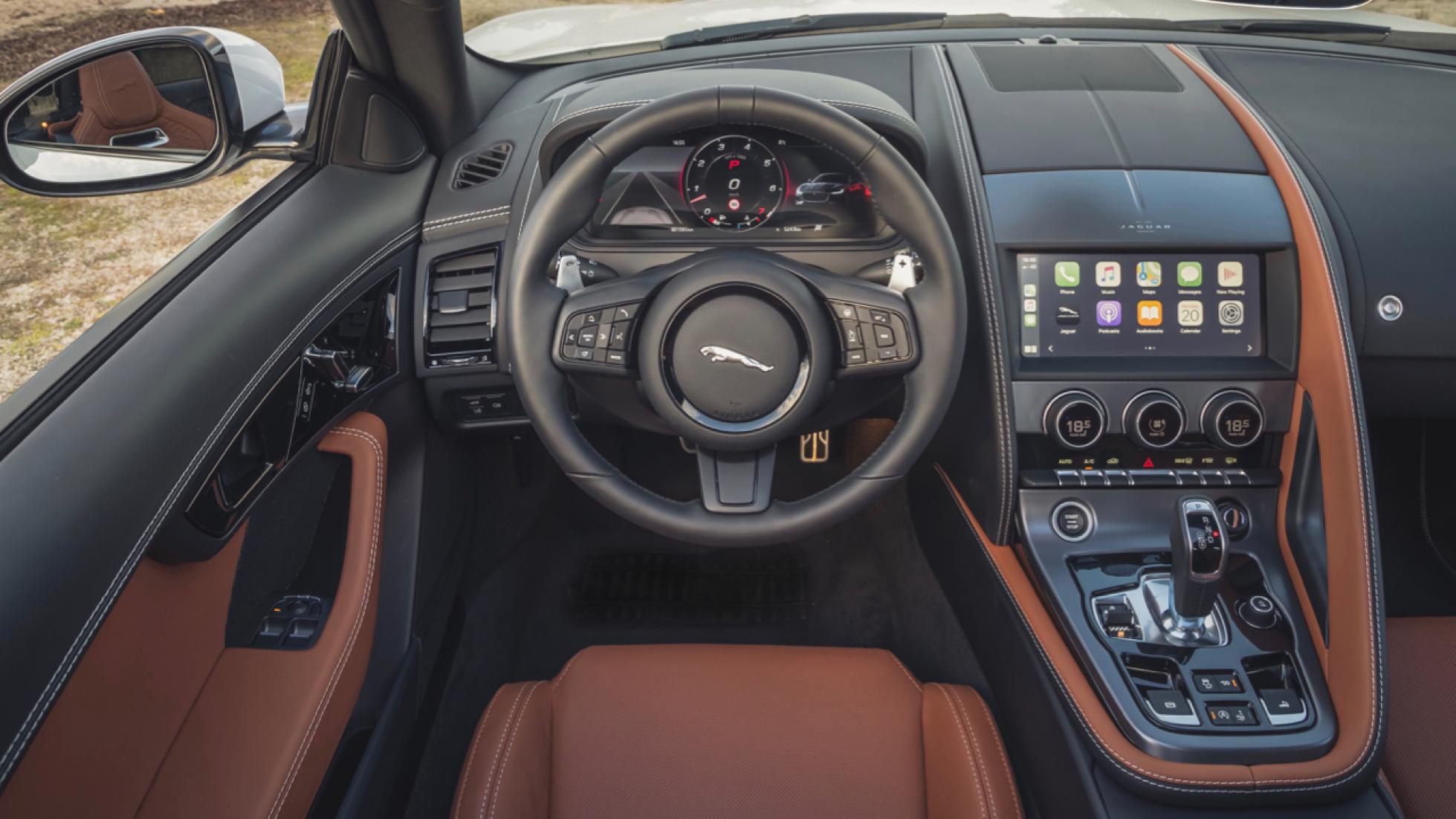
VERDICT - Final thoughts and pick of the range
Time is starting to tell for the Jaguar F-Type. Old school driving experience isn't without charm, but sophistication is lacking
Jaguar is caught in an unusual position at the moment. Its future is electric, with cars such as the I-Pace, but its image is still rooted in cars like this – cars with a more carefree nature and less focus on efficiency and down-sizing. The answer for Jaguar has been to invest relatively little in the F-Type’s development over the years. It’s still essentially a very similar car to the one that first arrived back in 2013. The engine range, like the headlights, has been slimmed down, the infotainment upgraded, but not much else has changed.
Well, the prices have risen – and without much justification. Let’s face it, Jaguar knows the F-Type’s days are numbered, so it doesn’t make financial sense to plough millions into it. So they haven’t. What does this mean for you as the buyer? That you’re getting a car that is not as sophisticated and up to date as the equivalent Porsche. It still has charm, still plays the part of a traditional two-seat roaring roadster better than pretty much anything else out there. But it comes across as outdated and old-fashioned.

